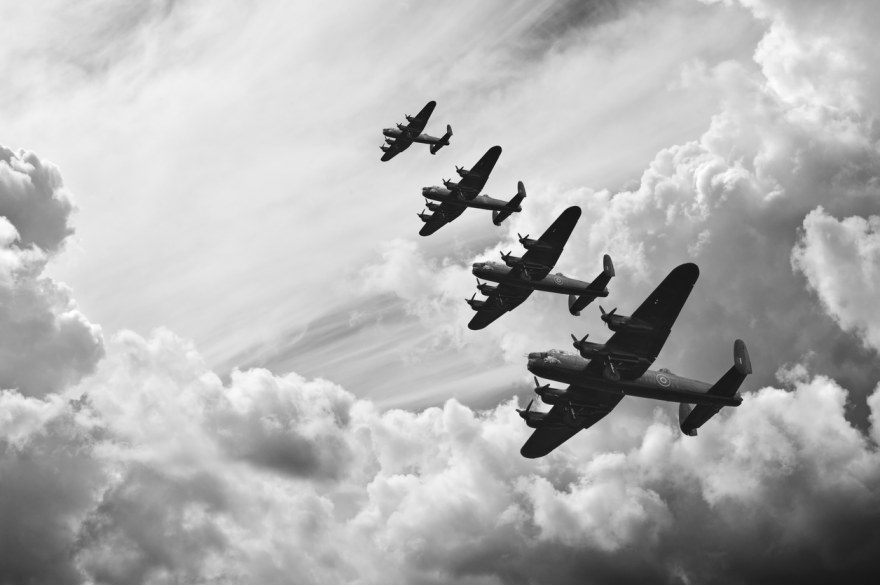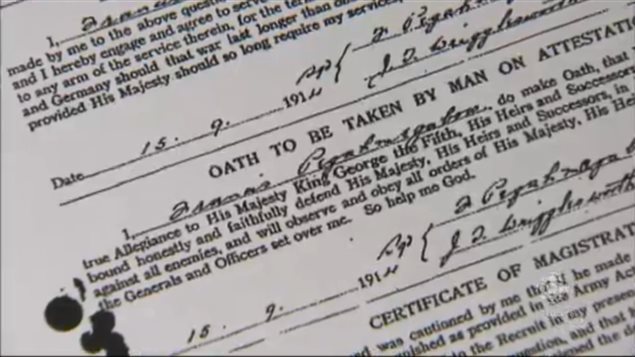WWI Aboriginal hero honoured
The extended Pegahmagabow family was on hand with the rest of the community to witness their ancestor, Francis Pegahmagabow, finally being recognized this week with provincial plaques
Photo Credit: Reg Sherron-CBC
Francis Pegahmagabow was honoured this week. He was Canada’s most decorated indigenous soldier of the First World War.
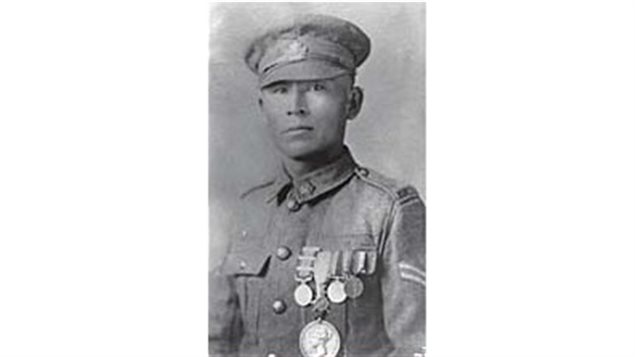
Francis Pegahmagabow shortly after the end of the war wearing his many medals © wikicommons
On June 20th, a small ceremony was held Wasauksing First Nation near Parry Sound, Ontario to unveil two provincial plaques dedicated to his memorey: one in Ojibwe, the other in English.
Although aboriginals were initially not accepted into the Canadian army, he slipped through and was among the earliest group of Canadians to sign up.
He joined the 23rd Canadian Regiment (Northern Pioneers). In February, 1915, he was deployed overseas with the 1st Canadian Infantry Battalion of the 1st Canadian Division—the first contingent of Canadian troops sent to fight in Europe.
He served through almost the entire war in many of the biggest battles and received his first medal in 1916, for repeatedly braving the hail of shells and bullets to deliver critical messages.
Later he was awarded additional honours as a scout and sniper. Using the maligned Canadian Ross rifle, he was said to have shot 375 Germans. The Ross was initially issued to Canadian soldiers but was withdrawn in favour of the British Lee-Enfield. While the Ross was an excellent hunting (or sniping) rifle, it often jammed in the mud and dirt of the battlefield.
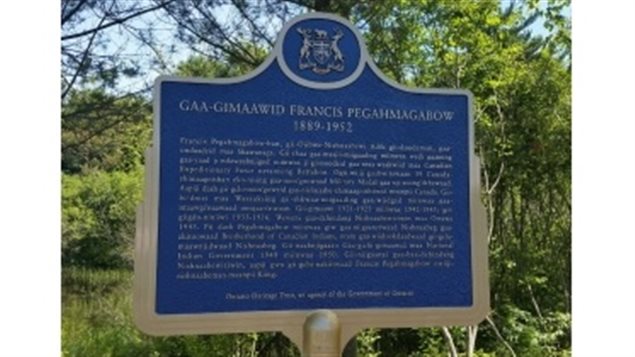
One of the provincial historical plaques unvieled this week to honour Francis Pegahmagabow near his home at Parry Sound Ontario © Reg Sherron- CBC
Pegahmagabow also captured some 300 German prisoners.
Returning from the war, he found new challenges. Treated as an equal by fellow soldiers in the war, he now discovered the same kind of continued discrimination at home as he had seen before the war, and constantly fought for greater aboriginal rights.
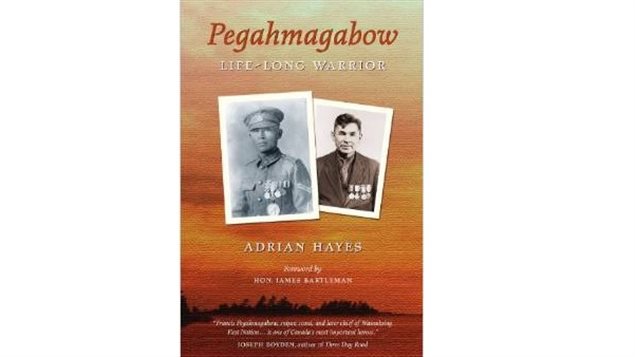
Pegahmagabow- Life Long Warrior by Adrian Hayes, paperback (original title-”Pegahmagabow-Legendary Warrior-Forgotten Hero) © Blue Butterfly Books
In the Second World War he served as a Sergeant-Major in the local militia while working as a guard at a munitions plant near Nobel, Ontario.
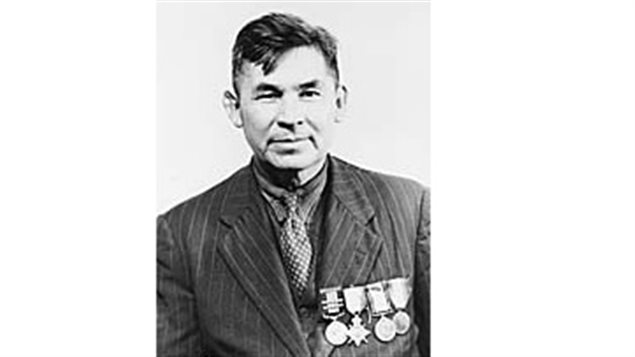
Francis Pegahmagabow in 1945 while attending a conference in Ottawa where the National Indian Government was formed. © wiki commons
The Canadian Forces had named the 3rd Canadian Ranger Patrol Group HQ Building after him located on Canadian Forces Base Borden. More recently, Francis Pegahmagabow, and other aboriginal soldiers inspired the central fictional character, also a sniper, in Joseph Boyden’s highly acclaimed novel Three Day Road.
He died on the reserve in 1952 at age 61.
Leave a Comment

